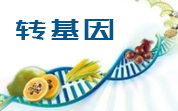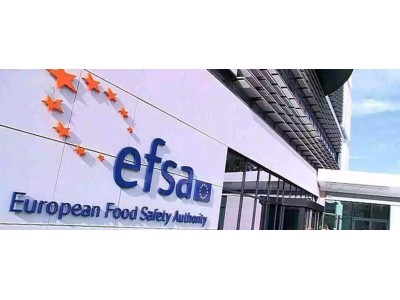銆€銆€鎹簡瑙o紝杩欑椋熷搧閰舵槸鐢遍潪杞熀鍥犻噷姘忔湪闇夎弻鏍狝R-256鐢熶骇鐨勶紝鏃ㄥ湪鐢ㄤ簬涔濈椋熷搧鍒堕€犺繃绋嬶細鍔犲伐璋风墿鍜屽叾浠栬胺鐗╀互鐢熶骇鐒欑儰浜у搧锛岄潪鐒欑儰鐨勮胺鐗╁熀浜у搧锛岄吙閫犱骇鍝侊紝娣€绮夊拰闈㈢瓔閮ㄥ垎锛岃捀棣忛厭绮撅紱鍔犲伐姘存灉鍜岃敩鑿滀互鐢熶骇钁¤悇閰掑拰钁¤悇閰掗唻銆佹灉姹併€佹灉姹佷互澶栫殑姘存灉鍜岃敩鑿滀骇鍝佷互鍙婅憽钀勪互澶栫殑姘存灉钂搁閰掔簿楗枡銆侟/div>
銆€銆€缁忚繃璇勪及锛屼笓瀹跺皬缁勫緱鍑虹粨璁猴紝璇ラ鍝侀叾鍦ㄩ鏈熺殑浣跨敤鏉′欢涓嬩笉浼氬紩璧峰畨鍏ㄩ棶棰樸€傞儴鍒嗗師鏂囨姤閬撳涓嬶細
銆€銆€The food enzyme co
ntaining cellulase (EC 3.2.1.4), endo-1,3(4)-β-glucanase (EC 3.2.1.6) and endo-1,4-β-xylanase (EC 3.2.1.8) is produced with the non-genetically modified Trichoderma reesei strain AR-256 by AB-Enzymes GmbH. A safety e
valuation of this food enzyme was made previously,* in which EFSA co
ncluded that this food enzyme did not give rise to safety co
ncerns when used in seven food manufacturing processes. Subsequently, the applicant requested to extend its use to include two additio
nal processes. In this assessment, EFSA updat
ed the safety e
valuation of this food enzyme when used in a total of nine food manufacturing processes: processing of cereals and other grains for the production of 1) baked products, 2) cereal-ba
sed products other than baked, 3) brewed products, 4) starch and gluten fractions, 5) distilled alcohol; processing of fruits and vegetables for the production of 6) wine and wine vinegar, 7) juices, 8) fruit and vegetable products other than juices and 9) fruit-derived distilled alcoholic beverages other than from grape. As the food enzyme–total organic solids (TOS) is removed from or not carried into the final foods in three food manufacturing processes, the dietary exposure to the food enzyme–TOS was estimated o
nly for the remaining six processes. It was up to 4.049 mg TOS/kg body weight (bw) per day in European populations. Using the no observed adverse effect level (NOAEL) reported in the previous opinion (939 mg TOS/kg bw per day), the Panel derived a revised margin of exposure of at least 232. ba
sed on the revised exposure calculation and the outcome of the previous e
valuation, the Panel co
ncluded that this food enzyme does not give rise to safety co
ncerns under the revised intended co
nditions of use.
銆€銆€
鏈枃鐢遍鍝佷紮浼寸綉椋熷搧璧勮涓績缂栬緫锛屾湁浠讳綍鐤戦棶锛岃鑱旂郴news@www.sqrdapp.com銆侟/span>
鐩稿叧鏀跨瓥瑙h











 鍦板尯锛欬/font>
鍦板尯锛欬/font>

 娆х洘璇勪及瀹惰煁锜€绮変綔涓裹/a>
娆х洘璇勪及瀹惰煁锜€绮変綔涓裹/a> 娆х洘璇勪及杞熀鍥犵帀绫矼O
娆х洘璇勪及杞熀鍥犵帀绫矼O
 娆х洘璇勪及涓€绉嶉害鑺界硸娣€
娆х洘璇勪及涓€绉嶉害鑺界硸娣€ 椴佸叕缃戝畨澶 37060202000128鍙饵/a>
椴佸叕缃戝畨澶 37060202000128鍙饵/a>



